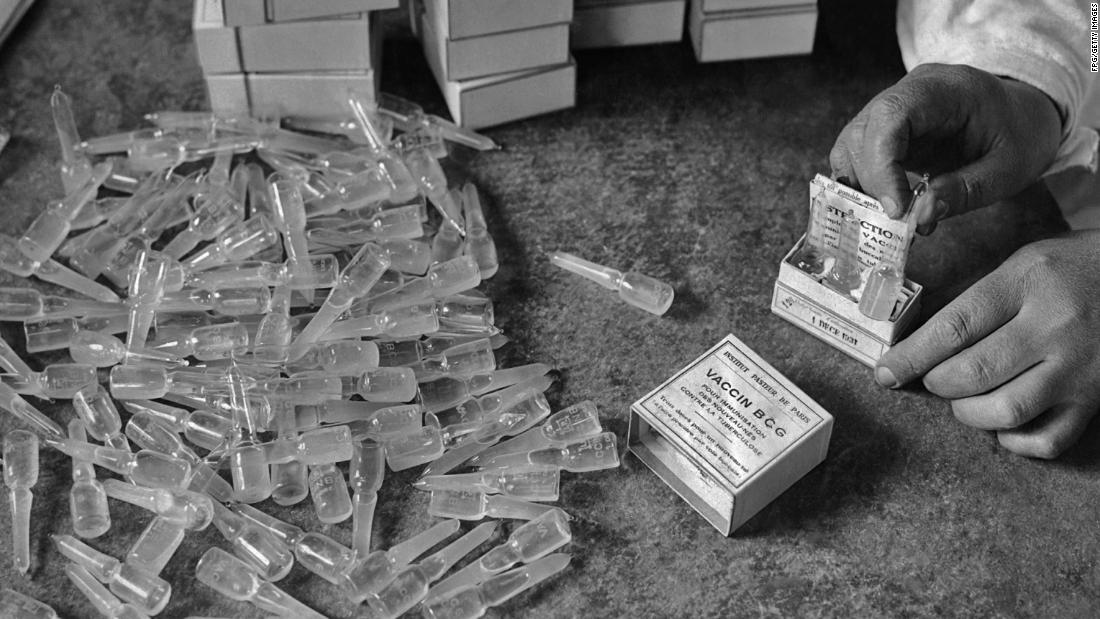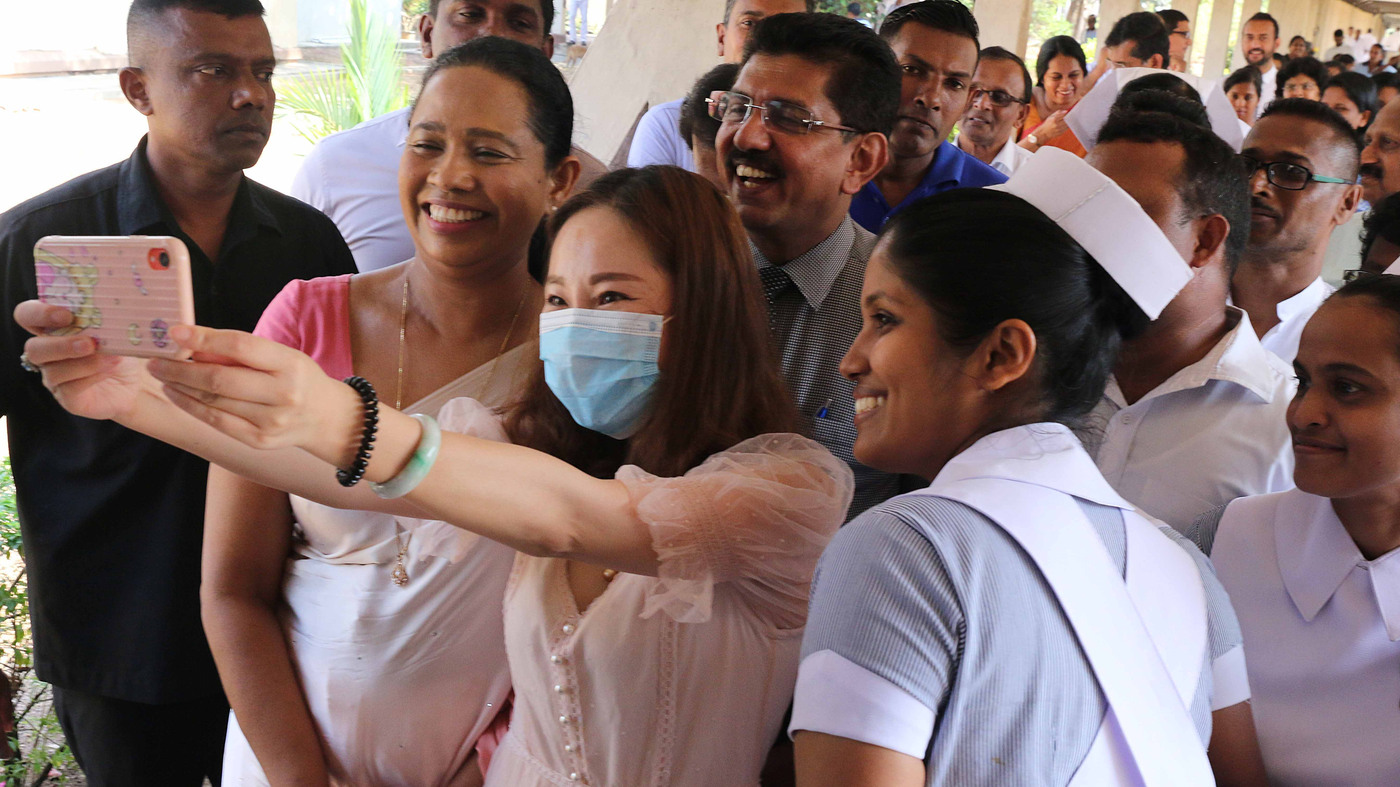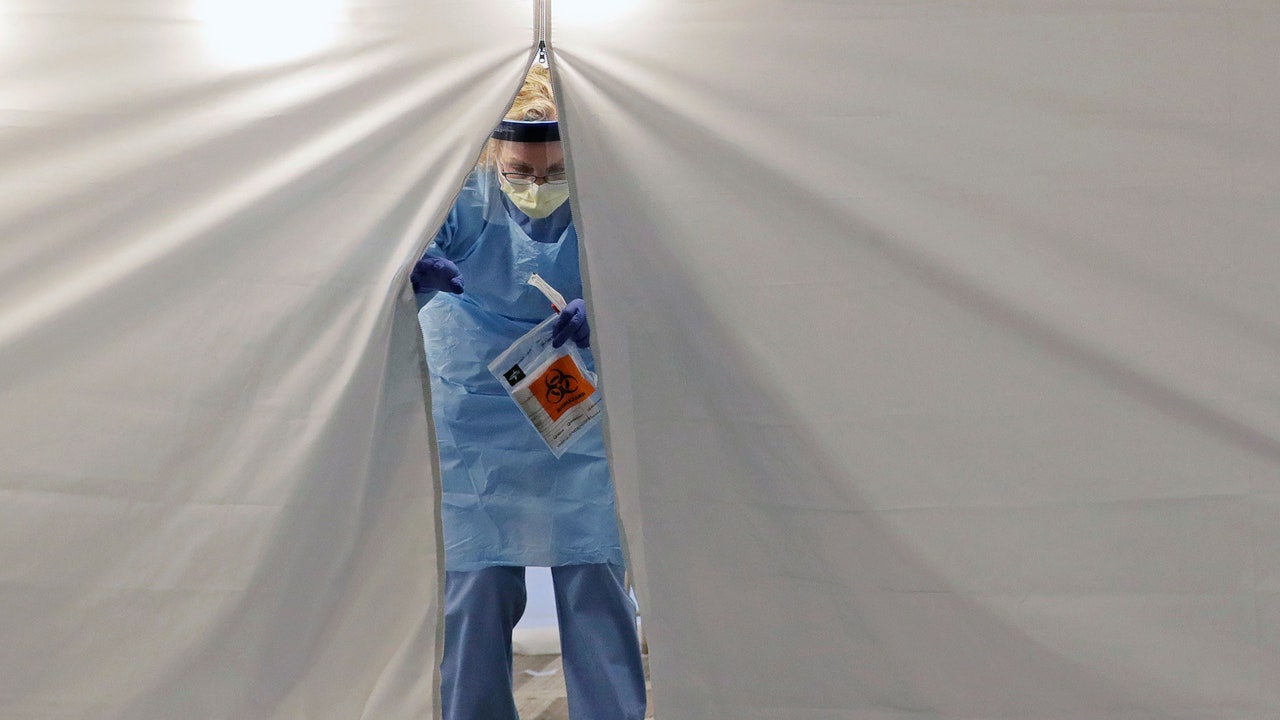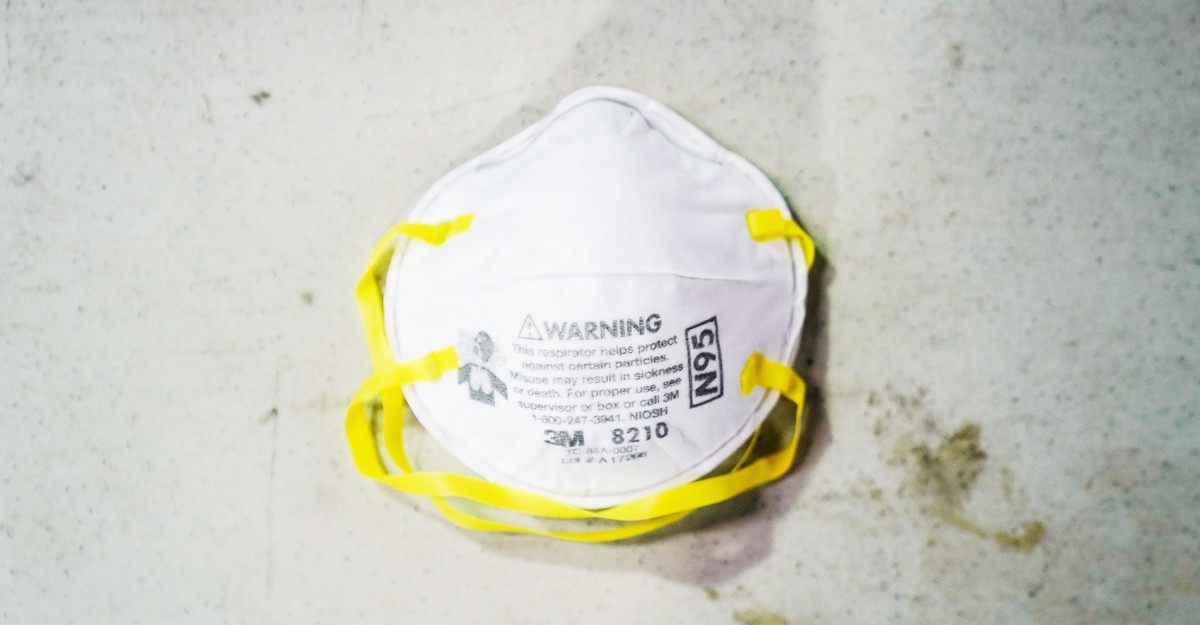This is a long read from a local genetic epidemiologist, Dr. Chris Carlson. The bottom line is they are working on many trials right now and maybe by August we will have some solutions for corraling this bug.
Dear friends,
Today is April 12.
The reaction from my local test audience to yesterday’s post suggests that I’m just not very good at communicating a hopeful message. My intent was to start from minimal assumptions of any new treatments and try to forecast the best path back to normal life. The suppression approach that I outlined assumed the use of existing testing technology (at a larger scale), the application of old school epidemiology (with some technological updates), and the success of existing approaches to developing a vaccine (which I think should be feasible for COVID).
Today, I’m going to add one new thing to this model: I’m going to assume that one of the ongoing clinical trials testing existing drugs for antiviral activity is partially successful. That is, let’s assume that a drug is identified that modestly slows the ability of the virus to replicate in an infected person’s lung tissue, halving the rate at which the virus can make more virus.
At this point pretty much everyone on the planet has been reminded of how exponential growth is a terrifying thing. But the spread of the disease from patient to patient is only one aspect of the disease that is exponential. Within an infected patient, the number of infected cells also grows exponentially, as each infected cell releases numerous new virions capable of infecting another cell. I’m not going to put a number on how many new virions are produced by each infected cell, because I have no idea what this number is. I’m also going to assume that it takes some time for the virus to take over the cellular machinery and start churning out copies of itself, but I’m not going to take a guess at this either, because I just don’t know. The important point is that when a person is first infected, only a handful of virions are present, and until the immune system catches onto the infection, the number of virions begins to grow exponentially into a viral army.
As an infected cell churns out virions, these can either go on to infect additional cells in the same host or be expelled from the infected host in snot, in order to go on and infect additional hosts. Eventually, when the immune system realizes that the body is under attack, the host can develop symptoms (fever, shortness of breath), but it is pretty darn likely that before symptoms, enough virions are already being shed into the host’s snot that they can infect additional people.
Now, the fact that a significant fraction of infections appears to be asymptomatic suggests that it is entirely possible for a fully functional immune system to fight off the infection. So what differentiates those who are asymptomatic from those with severe disease? Well, the first symptom (fever) generally indicates that your immune system has sensed an infection. Another common early symptom (loss of the sense of smell) might indicate that viral replication in the nasal passages has directly damaged the normal function of your olfactory system. Later symptoms (shortness of breath, the “broken glass” images in the lungs) indicate lung damage. The lung damage is probably a combination of two factors: (1) direct damage from viral replication and (2) collateral damage caused by your immune response to the virus. That is, during a major infection, your immune system will generally shoot first and ask questions later.
My apologies for going to such an over-used metaphor, but during a SARS-CoV-2 infection, your lungs are a battlefield where two armies are at war: an army of viral particles, and an army of white blood cells from your immune system. While the viral army is initially growing exponentially, your immune system has to bring in reinforcements. Because the viral army is growing by taking over your own cells, one of the functions of the immune system is to find the hijacked cells and kill them, so that the virus can’t make more virus. In order to achieve this, the immune response can be rather non-specific, wiping out uninfected bystanders on the battlefield. The combination of direct viral damage and collateral damage caused by your immune response to the virus causes tissue damage in a patient’s lungs. The more severe this damage, the worse the pneumonia, and the harder it is to breathe.
Now, why do some infected people have no symptoms at all, while others die of the disease? The age distribution of severe cases gives us a big clue here: the human immune system naturally senesces as we age. That is, as we get older, it gets harder to fight off infections, and latent infections that our immune system has controlled for decades can reactivate (like shingles). So it is reasonable to assume that the reason symptoms are generally so much milder in 20 year old patients than 80 year old patients is that the younger immune systems were generally able to stop viral replication earlier in the battle, thereby causing less damage to the battlefield (the lungs). That is, turning the tide of the battle earlier is likely to be key in reducing the severity of symptoms.
Let’s return to the rich variety of drug trials currently underway for the treatment of COVID-19. Many of these trials are obviously targeted at patients with the most severe symptoms because these are the patients who are dying. However, by the time that a patient is on a ventilator, the battle is mostly over, and the patient is dying of the lung damage that they already sustained.
So, what if a drug was identified with the ability to reduce the rate of viral replication by half? That is, what if we can find a drug that halves the rate at which the viral army grows? Such a drug would have fairly minimal value in late-stage patients, where the damage has already been (mostly) done, but could be hugely valuable if we could administer it to early-stage patients. The earlier, the better. That is, let’s assume that the viral army really is growing exponentially between infection and the day that symptoms develop, five days later.
If we could give the drug on the fourth day after infection, the viral army would be half as big when the immune response started.
If we could give the drug on the third day after infection, the viral army would be one quarter as big on day 5.
If we could give the drug on the second day after infection, the viral army would be one eighth as big.
If we could start the drug on the day after a patient is infected, the viral army would be one-sixteenth as big.
Hopefully, reducing the size of the viral army would allow the immune response to control the infection with less damage to the lungs.
Not only should early application of such an anti-viral help the patient, it should also reduce the amount of virus being shed into their snot while they are asymptomatic. That is, administering an anti-viral during early infection could actually make infected patients less infectious to others. This would be HUGE, because it would let us reduce the R for the virus pharmacologically, no social distancing required.
Let me say that again: early administration of a partially effective antiviral drug to infected people during their asymptomatic phase could not only help them avoid serious symptoms but might also reduce the possibility that they transmit the disease.
Now, the obvious extrapolation from this would be that if we find such an anti-viral, we should just give it to EVERYONE for two weeks. Unfortunately, there’s a dangerous assumption in this extrapolation: is the antiviral drug safe if given to uninfected people? Nearly all drugs have some side effects, and some of these can be severe. Not just in people who are medically at risk of severe side effects due to an underlying condition (known as “contraindications”), but also because drugs can interact with other drugs to cause serious adverse reactions, or even with foods. Read the warning labels on your medications, and you’ll find that some (including very common drugs like statins) should not be taken with grapefruit juice. So simply applying an anti-viral for COVID-19 to the entire population could be unacceptably risky, if it was known to have frequent contraindications or interacted with a commonly prescribed drug.
However, if we were able to combine the modestly effective antiviral I’ve hypothesized with a suppression strategy (test, trace, isolate, and then test some more), then we could give the anti-viral to the isolated contacts of a diagnosed case as early in the disease course as possible. That is, when an exposed contact went in for their test, they would receive a two week prescription for the antiviral med which would hopefully reduce the severity of disease in the infected contacts.
Another bonus is that medical staff working in a high-exposure environment might be able to take an effective antiviral prophylactically (as long as they had no known contraindications and are not taking any interacting drugs), giving them the very best possible chances of fighting off a SAR-CoV-2 infection in the early stages.
How likely is it that we will find a modestly effective anti-viral? There’s no way to truly forecast this, but a lot of trials for a number of different drugs are underway. Existing antivirals in (or beginning) trials include Favipiravir (4 studies, ref 1), lopinavir (23 trials, ref 4), remdesivir (10 trials, ref 5), tenofovir (1 study, ref 6) and Oseltamivir (Tamiflu, 7 studies, ref 7). All the drugs ending in “vir” are existing antivirals. I didn’t even try to summarize the dozens of other existing drugs that are in trials where they _could_ have an antiviral effect, like Hydroxychloroquine (68 trials, ref 2).
Early administration of hyperimmune plasma (ref 3) or convalescent plasma (15 trials, ref 8) might even serve the same purpose as modestly effective antiviral treatments.
Anyway, out of all the therapeutic interventions being tested, a modestly effective antiviral intervention, administered as early as possible, is my favorite scenario that might let us accelerate how quickly a suppression model could get us back to something that approximates “normal”. Possibly even before a vaccine is developed.
Please note that the most effective deployment of an antiviral drug REQUIRES rapid contact tracing of diagnosed cases. It’s not an either/or choice: without knowing who has been exposed, and rapidly getting them onto the antiviral medication, there won’t be nearly as much benefit in terms of reduced disease severity.
In terms of timing, the clinical trials for these potential antivirals need to run their course, so even if one of the trials pans out, I doubt that an antiviral drug could be broadly deployed against SARS-CoV-2 much before August.
Dr. Christopher Carlson

 www.irishtimes.com
www.irishtimes.com

 www.cnn.com
www.cnn.com











